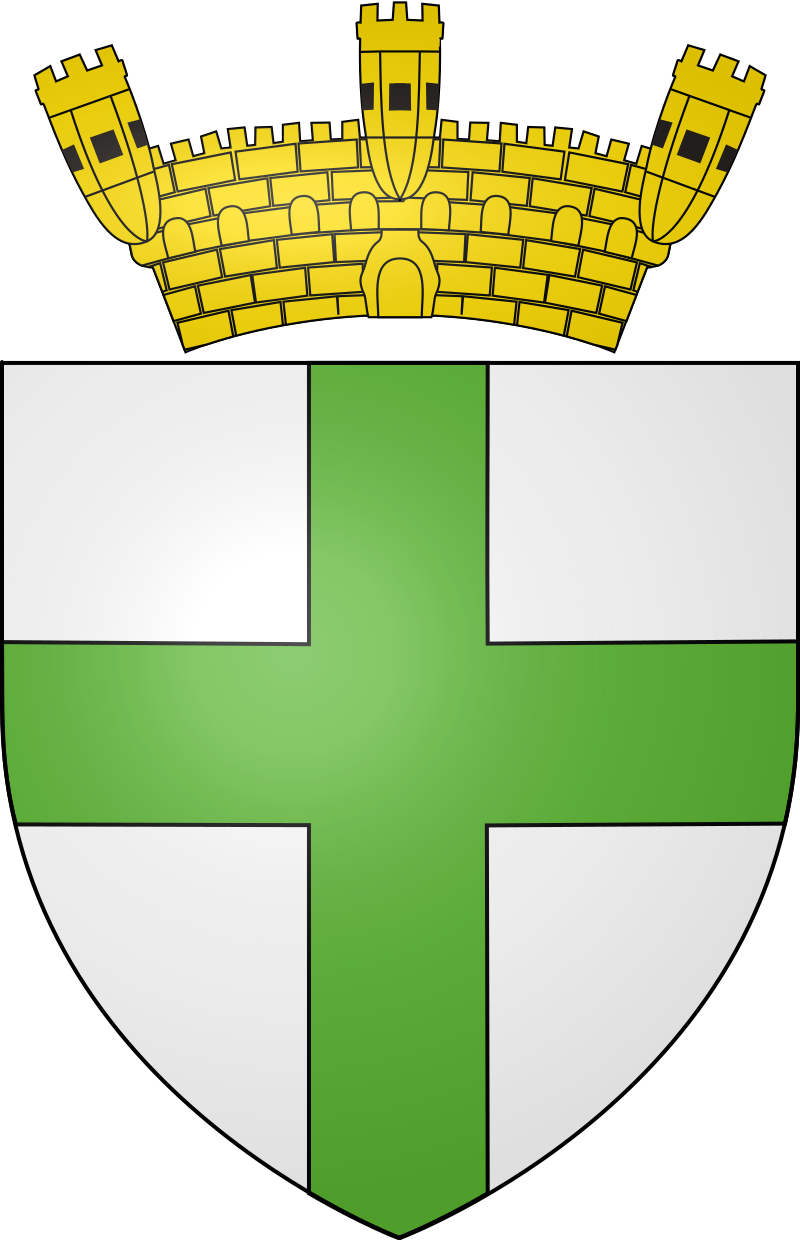Previous slide
Next slide
Iż-Żejtun (Citta’ Beland), meaning the fruit of the olive tree, covers the top of a hill, that dominates the nearby bays of Marsaxlokk, St Thomas and Marsascala, popular ports of call for all Mediterranean sailors since Phoenician times. They also provided convenient landing beaches for invaders. Hence the location was important as a lookout post for any approaching shipping. Archeological remains indicate that the area around Iż-Żejtun was already inhabited in Punic and Roman times, when the bay of Marsaxlokk was a very important port of call both for imports and exports.
Originally Iż-Żejtun (Terra Santa Caterina) covered the whole south east part of the island extending to the outskirts of the walls protecting Cottonera and including Ħaż-Żabbar, Marsascala and Marsaxlokk. The inhabitants of Iż-Żejtun proper till 1680 formed two separate communities known as Bisqallin (Lower Village) and Ħal Ġwann/Bisbut(Upper Village).
Development during the eighteenth century and the construction of the new parish church according to the design of Lorenzo Gafa’,between the two communities formed the present centre and linked the community.
The old Parish Church of the town,dating from 1200, is Iż-Żejtun’s oldest church, and a statue of Pope St Gregory the Great decorates its parvis. Though dedicated to St Catherine, Iż-Żejtun’s first parish church is commonly known as St Gregory’s because of the annual procession to this place. This present church was constructed on and around the site occupied by a watch tower and the old medieval church and dates from sixteenth century. For about three centuries this building served as the parish church for all the south-east of Malta.
Secret passages in the south and south east walls of the Church provided shelter for sentinels who were detailed to provide advance warning signals to the inhabitants of the locality as well as those of the old capital Imdina in the north of the island. These piratical raids round Malta are frequently recorded, the last one being in 1614 when North African pirates where met and defeated by the inhabitants of Iż-Żejtun.





